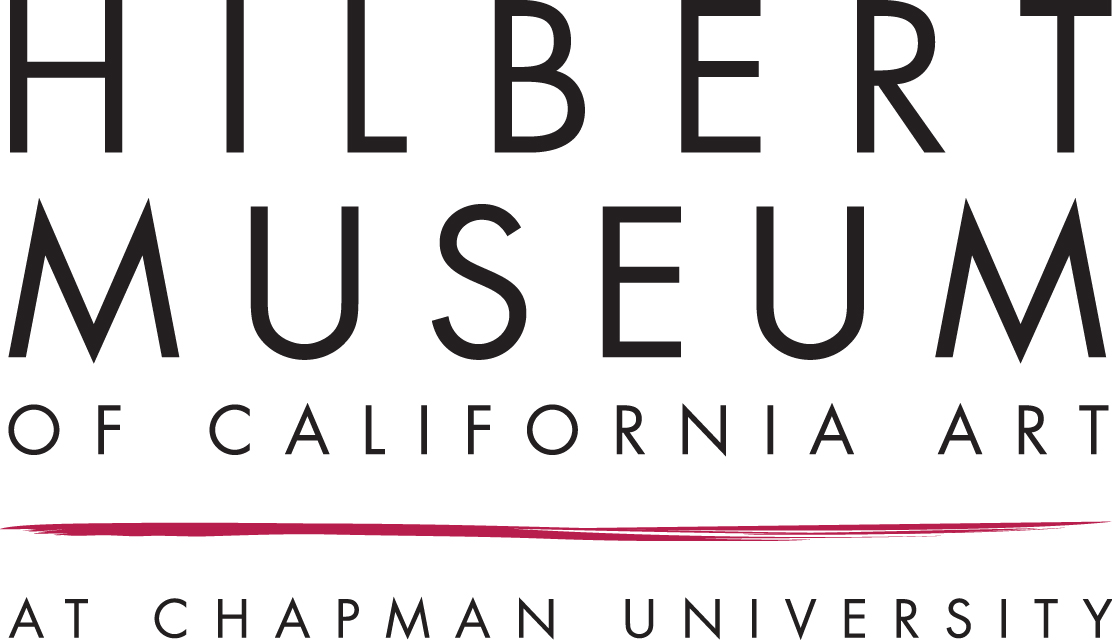Barse Miller
1904 - 1973
The next year he began exhibiting with the California Art Club and by 1928, was an active member of the California Water Color Society, serving as its president in 1936, 1937, and 1938. His watercolors from this era were quite different than most works being produced on the West Coast. They often included cityscape subjects with people, automobiles and industrial objects. As the new era of California watercolorists, led by Millard Sheets and Phil Dike emerged in the early 1930s, they welcomed Miller into the movement and revered him as one of the leading figures.
Throughout the 1930s, and 1940s, his watercolors became increasingly popular. His ability to manipulate wet-into-wet washes had a huge impact on many of his students and fellow artists. His many years of formal art instruction gave him a superior knowledge of color and design and when the California Group was being scrutinized in the 1930s, his work helped greatly to give the overall movement credibility.
During World War II, he went into the United States Army and became head of the Combat Art Section in the South Pacific. He produced a number of outstanding watercolors and was awarded for his artistic contributions that visually documented the war in that region. After the war, he received a Guggenheim Fellowship and eventually settled in New York State. His watercolors after this period became increasingly modern, as he sought to relate to a changing art world.
During his period in California, Miller taught at the Chouinard Art Institute and, for ten years, at the Art Center School. As a teacher of watercolor painting, he was extremely influential and helped many of the most successful California watercolorists to understand the possibilities of this unique medium. In later years, he also made special visits to the West Coast to teach at the Brandt-Dike Summer School of Painting and other watercolor workshops. In addition to watercolor painting, he also exhibited oil paintings and produced a number of murals.
Biographical information:
Interview with Betty Miller, 1984.
Interview with Rex Brandt, 1983.
A Century and a Half of American Art.
Biography courtesy of California Watercolors 1850-1970,
©2002 Hillcrest Press, Inc.
Courtesy of CaliforniaWatercolor.com
Person TypeIndividual














